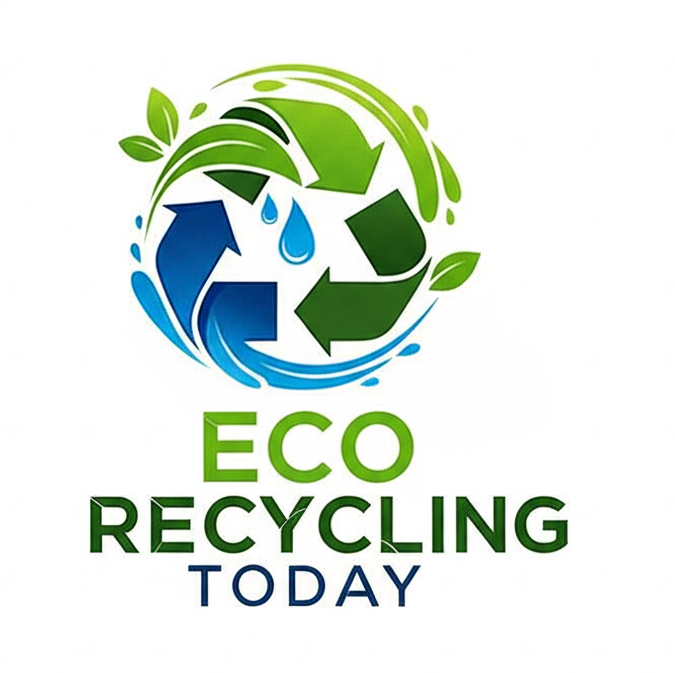As 3D printing continues to revolutionize manufacturing, education, and DIY projects, concerns about plastic waste from filament use are growing. If you're a maker or designer looking to reduce your environmental footprint, learning how to recycle plastic filament is a crucial step. We'll explore the materials used in 3D printing, recycling methods, and tips to make your 3D printing more eco-friendly.

What Is Plastic Filament?
Plastic filament is the raw material used in fused deposition modeling (FDM) 3D printers. The most common types include:
| Filament Type | Source Material | Key Properties |
|---|---|---|
| rPET (Recycled PET) | Plastic bottles, packaging | Strong, durable, food-safe |
| rPLA (Recycled PLA) | Post-industrial PLA waste | Biodegradable, easy to print |
| rABS (Recycled ABS) | Automotive or electronic waste | Heat-resistant, sturdy |
| rHIPS (Recycled High Impact Polystyrene) | Packaging waste | Lightweight, soluble support |
While some filaments are biodegradable, most still contribute to plastic waste if not disposed of or reused properly.
Can You Recycle 3D Printer Filament?
Yes, 3D printer filament can be recycled, though the process depends on the type of filament and your available equipment. PLA and PETG are generally easier to recycle, while ABS requires more care due to its petroleum-based composition.
How to Recycle Plastic Filament at Home
1. Collect and Sort Waste Filament
- Start by gathering:
- Failed prints
- Support structures
- Rafts and brims
- Leftover filament ends
Sort them by material type. Mixing different plastics can contaminate your recycled filament and lead to poor print quality.
2. Shred the Plastic
Use a plastic shredder or filament grinder to break the filament into small pieces. This is essential for reprocessing it into new filament.
Tip: Desktop shredders are available specifically for hobbyist 3D printers.
3. Dry the Plastic
Before extrusion, the shredded plastic should be thoroughly dried to remove any moisture. Use a filament dryer or a low-temperature oven (for PLA, around 40-45°C).
4. Extrude New Filament
Using a filament extruder, heat the plastic and reshape it into new filament strands. These devices allow you to control:
- Temperature
- Speed
- Diameter
- Popular home extruders include Filabot, FilaFab, and Noztek.
5. Spool and Store
Once extruded, spool your new filament and store it in an airtight container with desiccant to prevent moisture absorption.
Other Ways to Recycle 3D Printing Waste
Use a Recycling Service
Some companies and local recycling centers accept 3D printing waste, especially PLA. Look for specialized recycling services or drop-off programs.
Donate Scraps to Art or Education Programs
Creative schools, artists, and makerspaces may accept scraps for non-print uses like crafts or molding.
Buy Recycled Filament
Support the circular economy by purchasing filament made from recycled plastics, like PET bottles or industrial waste.
Tips for Reducing 3D Printing Waste
- Optimize your designs to reduce supports and failed prints
- Use slicing software efficiently to control material use
- Switch to recyclable or biodegradable filaments
- Reuse filament spools or switch to spool-less systems
Learning how to recycle plastic filament isn’t just good for the planet—it’s also a smart way to save money and take control of your material use. Whether you're an occasional hobbyist or a full-time maker, integrating recycling into your 3D printing routine will help ensure a more sustainable future.
FAQs
Q: Can PLA be composted instead of recycled?
A: Technically yes, but it needs to be composted in an industrial facility—not in your backyard.
Q: Can I mix different filament types when recycling?
A: No. Always separate filaments by type to maintain print quality and material integrity.
Q: Is recycled filament as good as new?
A: It can be, if processed correctly. However, it may be slightly more brittle or inconsistent if impurities are present.
